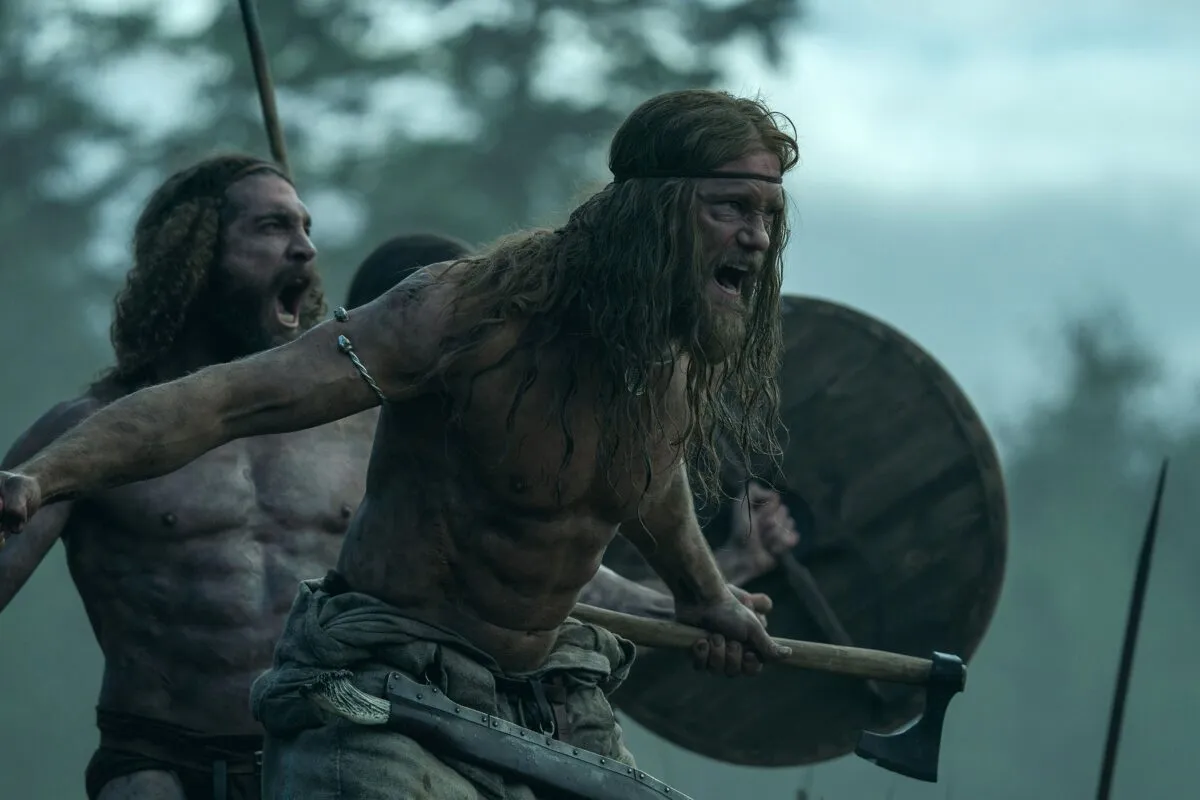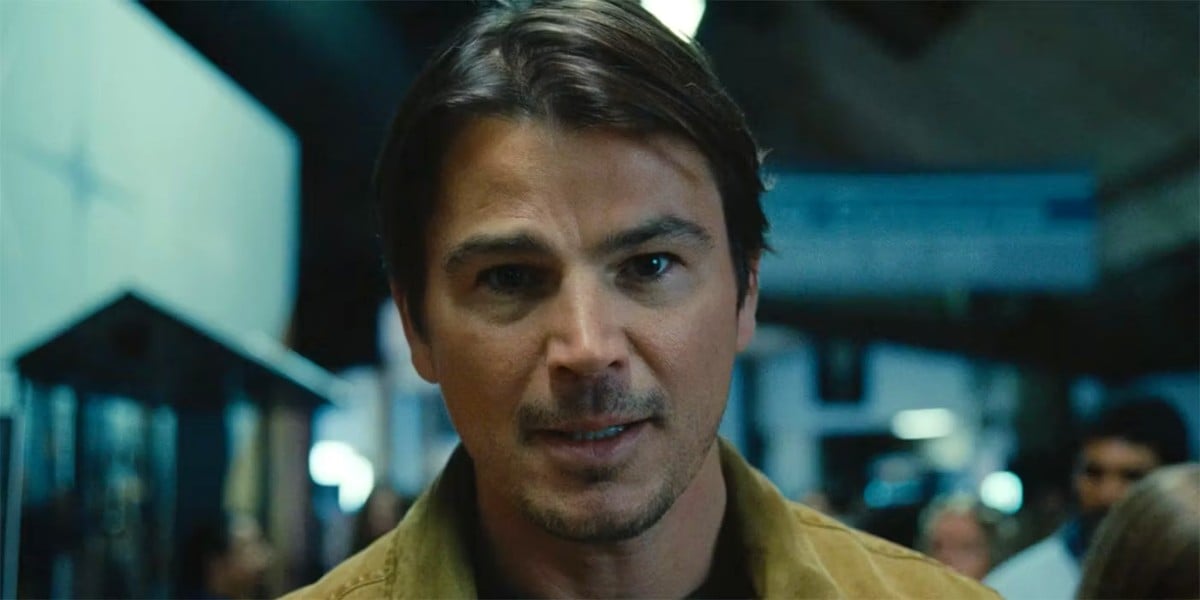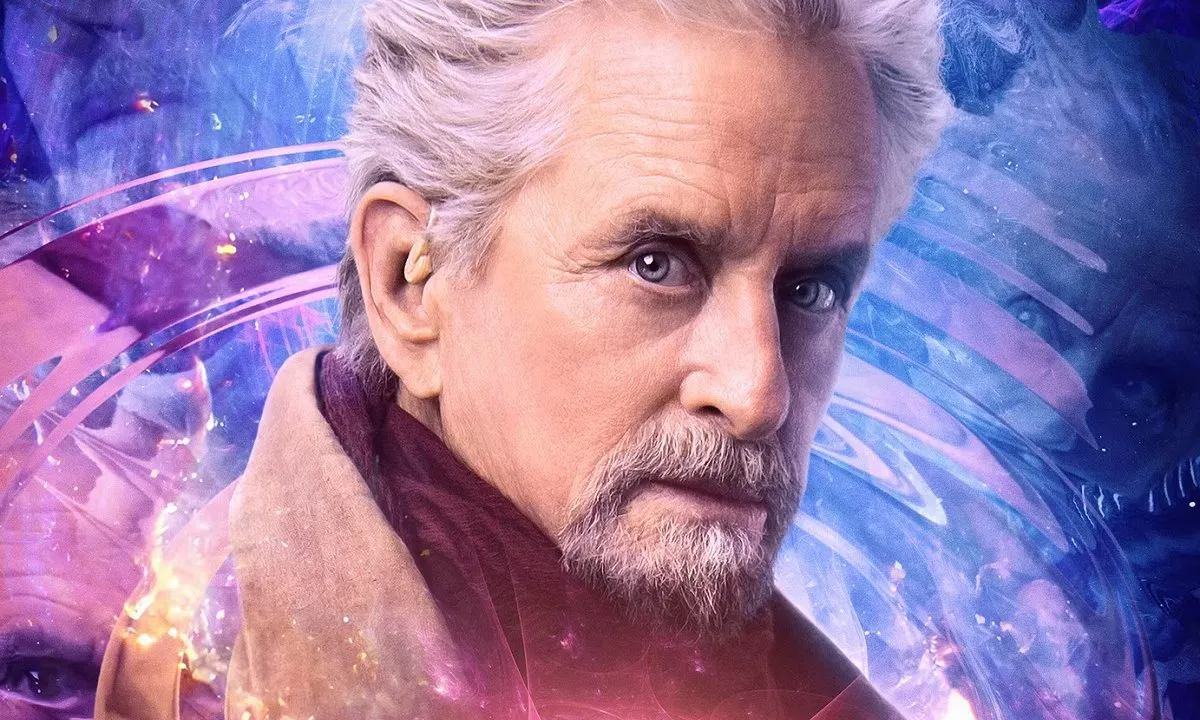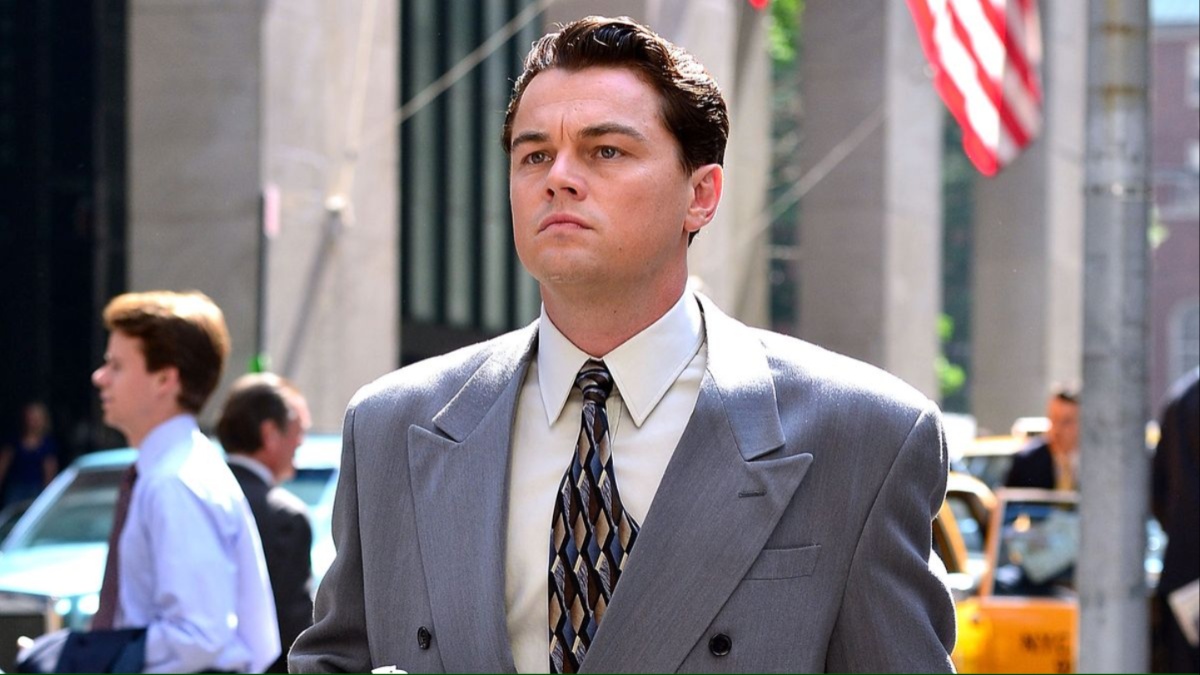I have a bee in my bonnet. A festering little fury that has been pestering my thoughts. And like most of my unhealthiest choices these days, I caught it by spending too much time on Twitter. We are cursed these days with “Take” brain. Something happens in the world and everyone must have a “take.” When a popular film comes out everyone must participate in “The Discourse.” And that of course leads to each consecutive person, or critic, to try and make their “take” the hottest, usually by going against the dominant opinion. The easiest way to do this, of course, is by slamming that film (or series) by claiming it has committed the ultimate sin: it has used a “trope.”
But, *extremely Jerry Seinfeld voice* “whaaaats the deal with tropes?” Why do filmmakers and showrunners still use these lame old archetypes? Is it actually important to examine their usage instead of just pointing them out as some sort of faux-academic “gotcha?” This CinemaSins-ing of film criticism has become a curse and a bane on my personal existence. Stories (and films) are not mathematical equations meant to be solved. In the same way that “Save the Cat” has tried to reduce screenwriting to a formula, the practice of analyzing a film only according to its historical accuracy (or inaccuracy) and counting out the number of tropes it employs does not actually tell someone if the film is good or bad.
Tropes, like historical idiosyncrasies in a film or series, are not always inherently good or bad. Not every element of a plot is a plot twist. Tropes are meant to be used, examined, upheld, thrown away, perverted, and subverted. Yes, negative stereotypes are harmful and their usage should be treated with a critical eye (is the stereotype being shown purposefully, to point out its inaccuracy or absurdity or is it being shown out of the author’s own bias?) but archetypes last because they speak to something primal and eternal within us. If a film is using tropes and archetypes, it is not enough to simply point them out like our beloved Leonardo DiCaprio pointing meme. The film is already doing that for us. Instead we need to ask why? Why these tropes? And how? How is the filmmaker using them? And what is he trying to say with them?
Which of course, brings us to The Northman.
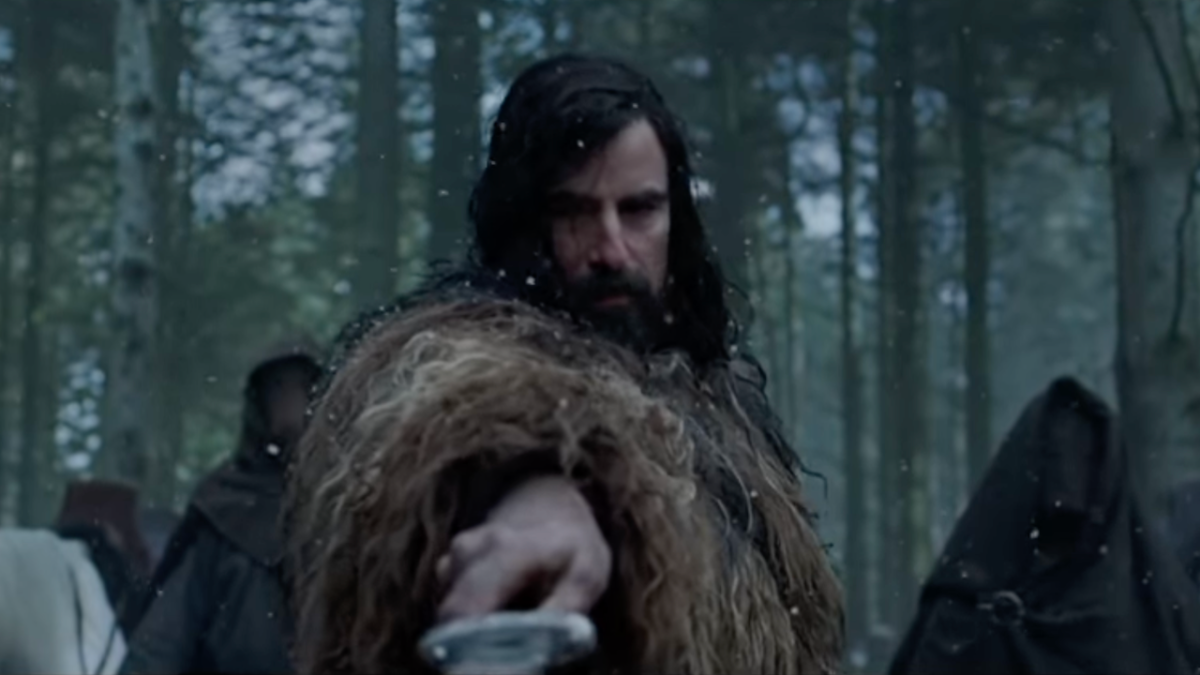
The Northman tells the story of Amleth, a prince in 10th century Scandinavia who witnesses his uncle murder his father as a small child. Amleth escapes and becomes hell-bent on avenging his father’s death. He returns as an adult, and full-fledged berserker warrior, to wreak havoc on his Uncle Fjolnir. With the aid of Olga, a slavic witch who was taken in battle by his own army, he violently takes his revenge. He is also forced to confront the truth about his mother (who he thought was kidnapped by his Uncle) and his family legacy. Ultimately he is forced to choose between avenging his father’s death and creating a new life with Olga.
If this story sounds familiar, it’s because it is the basis for one of the most famous revenge stories ever told: Hamlet. When William Shakespeare penned Hamlet (sometime between 1599 and 1602) he was himself writing an adaptation of a popular Norse legend about Prince Amleth – a prince who feigned madness in order to take revenge on his murderous uncle. The main source of the legend was Saxo Grammaticus, who wrote it down in the early half of the 13th century, (though some say he was inspired by a 10th century poem that has not survived.) Saxo himself was influenced by other ancient revenge stories, like that of Lucius Junius Brutus (one of the co-founders of the Roman Republic). There are also striking parallels between the story of Amleth and Persian poet Firdausi’s tale of Kai Khosrow in the Shahnameh and even ancient Egpytian mythology where Osiris is murdered by his brother Set and avenged by his son Horus.
Basically, the story of a man murdering his uncle who had murdered his father is, as the inimitable Mrs Potts once sang, a “tale as old as time.” It is a foundational set of archetypes. One of the foundational archetypes. The OG story of why revenge is bad.
And so when I see reviews claiming that The Northman is “too reliant on revenge tropes” I lose my little mind. The trope is the point. Eggers and co-writer Sjón are revisiting the ancient story with a purpose. And we have to assume it’s for a larger reason than just “vikings are trendy right now” or “people love to see Alexander Skarsgård with his shirt off.” The rigidity of patriarchal structures (along with “toxic masculinity”) and the negative impact upon the people living within them, is a theme that Eggers has been exploring both textually and subtextually in his previous work, and The Northman is no exception. In fact, it is Eggers at his least subtle. So let’s look at the tropes and archetypes that he is playing with in the frozen wastes of Norway and Iceland.
Yes we have our main figures: Amleth the vengeful prince, Fjölnir the usurping uncle, etc. But, there are some key differences in the story that Eggers and co-writer Sjón are playing with. In Hamlet and the original legend of Amleth (as put to paper by Saxo), the avenging prince is not posing as a hulking “wolf-bear” berserker who is more animal than man, but is instead playing the role of “mad fool,” or melancholic rambler. His path to victory isn’t through brute strength but actually the appearance of weakness. In most productions of Hamlet, he is moping, soft, and what the kids today would mockingly refer to as “an eboy.” But this Amleth, even when posing as a slave, is anything but weak. He is enormous, his meaty shoulders collapsing into an animalistic posture under their own weight. This Amleth, his madness is not melancholic, it is bestial and violent. He becomes a berserker, (the viking warrior that birthed the common adage of “going berserk”), he becomes the archetypal symbol for male physical strength.
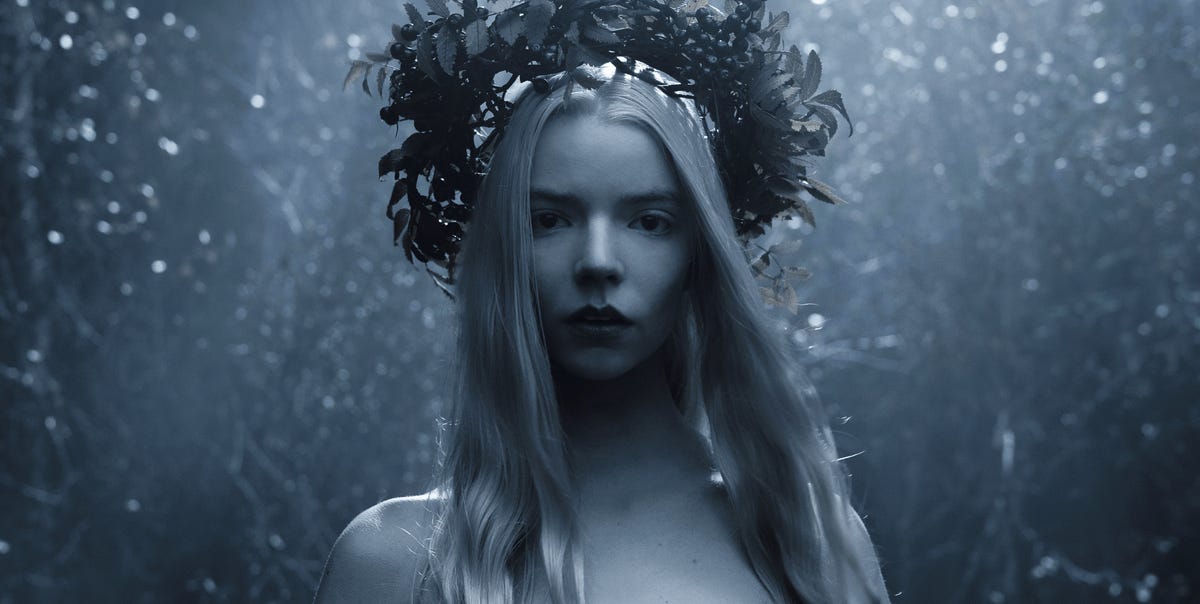
Similarly, there are differences with Cleas Bang’s Fjölnir, and his original counterparts Claudius and Feng. Fjölnir kills his brother because he has been persuaded to by a vengeful and bitter Gudrún, and by the time Amleth comes back to dole out punishment… well it would seem that he has already received it in spades. In this version of the story, Fjölnir almost immediately loses the kingdom that he wrongfully stole and is living in exile in Iceland, where they struggle to keep their small outpost afloat. Even the god Fjölnir worships when he takes over shifts from King Aurvandil and Amleth’s All-Father Odin, the god of war and death, to Freyr – the god of peace, fertility, prosperity and summer.
And Gudrún differs from Gertrude, she doesn’t marry Fjölnir out of political pressure and fear, but out of love and because she wanted her own bitter vengeance against King Aurvandil, who kidnapped her and forced her into marriage and motherhood. By becoming a tool in her scheme, he places a target upon his own back.
Likewise, Olga is ethereal like the doomed Ophelia, but she has her own cunning and passion, she is grounded, literally, in her earth magic. Her grief at losing Amleth to his vengeance does not drown her and doom her to a watery grave, but carries her across the ocean to a new life.
These are pointed changes, because The Northman is not just the ancient tale of revenge leading to madness, violence, and death. It uses the framework of the revenge trope to examine the traditional and contemporary fetishizations of masculinity. Amleth is not just a man who wants revenge, he is Western society’s peak masculine ideal. (Jordan Peterson is somewhere eating raw meat and salivating over a Northman poster right now.) This is not Hamlet the dark, emo, sometimes effete, prince who sulks and is easily dismissed as a fool. Amleth’s size and strength are impossible to ignore, even when his neck is bent as a slave, his physical presence dominates the screen. This man catches spears from mid-air and rips mens throats out with his teeth. He can not be dismissed.
But he is literally weighed down. By his muscles and by his hate. He loses himself in this quest for blood, in this brutish nightmare, so much so that he can’t see the world for what it is. He can’t see that his father was a marauding rapist. He can’t see that his uncle has already been punished by the other kings for murdering his brother and is just trying to get by. And in the end, he is unable to choose to leave with Olga, unable to let go of the hate and have a life full of family and love. He is held fast by the rigidity of his hate and the cultural expectations of his time. He has to kill. He has to die by the sword. He has to enter Valhalla. Anything less would result in the real tragedy for him, losing his manhood.
But as the audience, we see into Amleth’s mind and experience this epic journey with him, we know that his final ascent into Valhalla isn’t actually a happy ending. Eggers shows us the misery, the mud, and the blood of every single moment. We see the brutality and the excess of Amleth’s violence when he dismembers Thórir’s friends and displays them as a grotesque centaur (Hannibal style) for everyone to see. We see him as a berserker, annihilating Olga’s village, where they lock many of the women and children inside a hut and then burn them all alive. We see him murder his own mother and half-brother. This man, this perfect Viking specimen, this masculine ideal, is not actually a hero. His blood lust is entertaining and yet horrifying. Revenge only begets more revenge.
Sometimes the tropes are right after all.
(Images: Focus Features)



